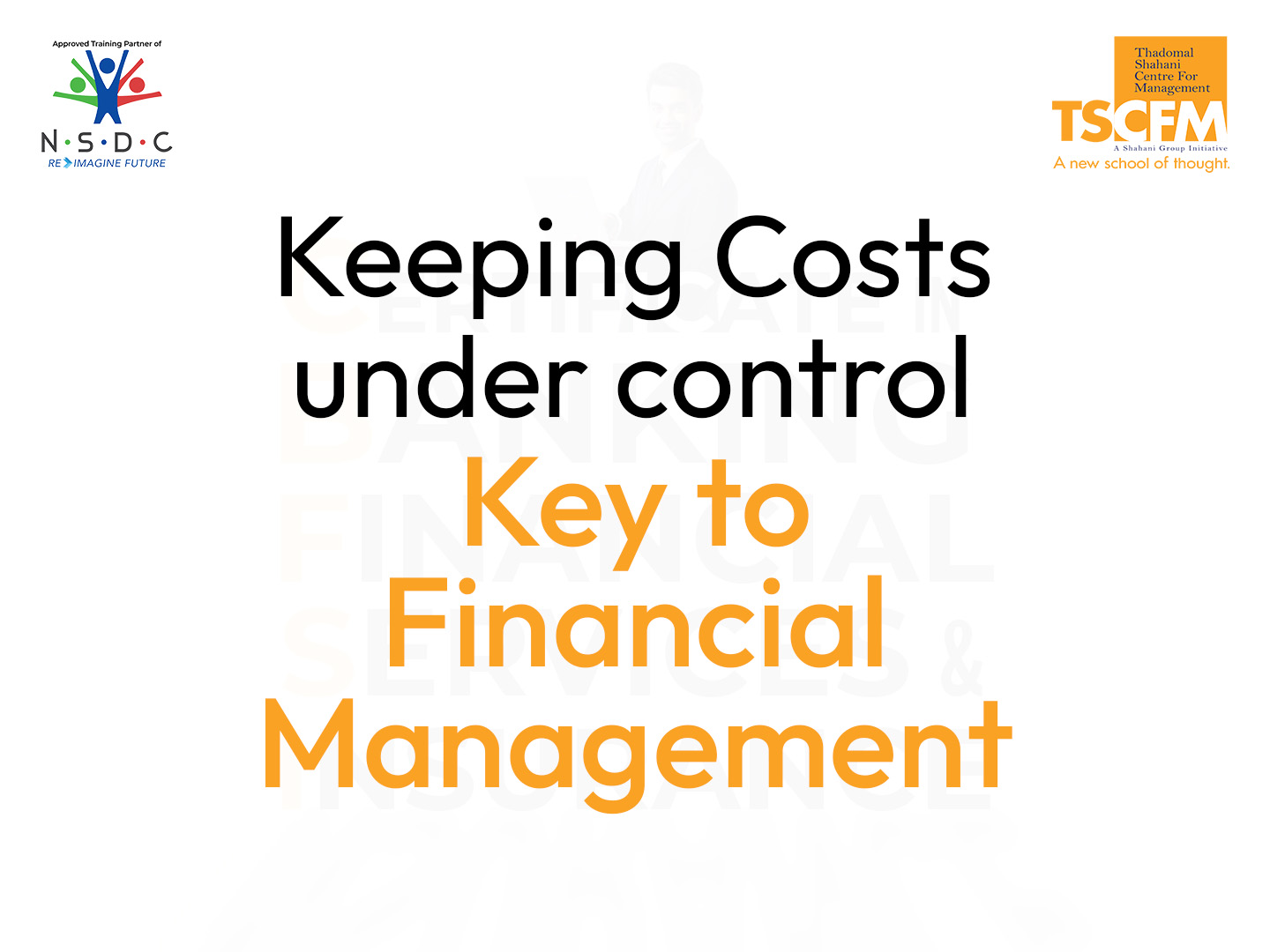Share
How to Find High-Value Keywords That Actually Drive Traffic (2025 Edition)

Without keyword research, you’re just guessing what your audience wants.” – Tim Soulo
If you’re serious about digital marketing, learning keyword research is non-negotiable. It’s the starting point of every successful SEO or content marketing strategy — whether you’re trying to grow your blog, rank on Google, or create YouTube content that people actually watch.
In this blog, we’ll walk you through the exact steps, tools, and mindset needed to do effective keyword research, just like we do at TSCFM. Whether you’re a student, a fresher, or an aspiring digital marketer, this post will level up your game.
What Is Keyword Research and Why Does It Matter?
Let’s start with the basics.
Keyword Research is the process of finding and analysing search terms (aka “keywords”) that people enter into search engines like Google.
Why is this important?
Because these search queries give us direct insight into what our audience wants. The right keywords help us:
· Attract organic traffic
· Create targeted content
· Understand search intent
· Rank better on Google SERP
· Generate leads and conversions
If you’re creating content without doing keyword research, you’re shooting in the dark.
Tools You’ll Need
While you can start with free tools, the pros use a combination of both free and paid tools. Here’s your stack:
Free Tools:
· Google Keyword Planner
Google Search Console
· AnswerThePublic
· Google Trends
Paid Tools (with free trials):
· Ahrefs
· Ubersuggest
· SEMrush
· Keywords Everywhere (Chrome extension)
Pro Tip: Use the Ahrefs Free Keyword Generator to get up to 150 keyword ideas instantly.
Step 1: Brainstorm ‘Seed Keywords’
Start by asking: What would my audience type in Google?
If you’re promoting a Digital Marketing Course, your seed keywords might be:
· digital marketing course in Mumbai
· learn SEO online
· how to become a digital marketer
· best institute for digital marketing
Seed keywords are your starting point — from here, you’ll dig deeper.
Step 2: Expand Keyword Ideas (Find Long-Tails)
Use tools like Ahrefs Keyword Explorer or Google Keyword Planner to expand your list.
Look for long-tail keywords — they are longer, more specific, and have lower competition.
Examples:
· digital marketing course with placement in Mumbai
· how to get freelance SEO clients in India
· free keyword research tools for students
These keywords might have less search volume, but they bring in higher intent traffic. And that’s what matters.
Keyword Tip: Long-tail = less competition + better conversion.
Step 3: Understand Keyword Intent
Ask: What does the user actually want when they search this?
There are 4 major types of search intent:
1. Informational – “What is SEO?”
2. Navigational – “Ahrefs blog”
3. Transactional – “Buy SEO course online”
4. Commercial Investigation – “Best SEO course in Mumbai”
You need to match your content format to the user’s intent.
Example: Someone searching “How to use Ahrefs for SEO” wants a blog or tutorial, not a sales page.
Step 4: Analyse Keyword Metrics
Now comes the nerdy part. For each keyword, look at:
· Search Volume – how many times it’s searched monthly
· Keyword Difficulty (KD) – how hard it is to rank
· CPC – Cost-per-click (good for understanding commercial value)
· Clicks – Not every search = click. Some get answered on the SERP.
Tools like Ahrefs, Semrush, Ubersuggest show you all of this in one dashboard.
Tip: Aim for low difficulty + high intent + reasonable traffic.
Step 5: Spy on Your Competitors
Don’t reinvent the wheel. See what’s already working. Use the tools.
Example: Go to Ahrefs > Site Explorer > Enter a competitor (e.g., digitalvidya.com)
You’ll see:
· Top pages by traffic
· Keywords they rank for
· Backlinks pointing to their pages
This helps you find content gaps and keyword opportunities.
Pro Tip: Look at “Top Subfolders” to see which parts of the site perform best — maybe it’s their blog or case studies.
Step 6: Build a Keyword List + Cluster by Topic
Create a Google Sheet and organize your keywords like this:
Topic Cluster | Keyword | Volume | KD | Intent | URL Target |
SEO Basics | what is SEO | 18K | 22 | Informational | /seo-guide |
Career | digital marketing jobs | 4K | 35 | Commercial | /career-guide |
Group related keywords into clusters — this helps with topic authority and on-page SEO.
Step 7: Create Content That Matches the Keyword
This is where most people fail. They do the research, but then create boring, generic content.
Your content must:
· Match the search intent
· Be better than existing results
· Include the keyword naturally in:
o Title
o Meta Description
o H1, H2s
o First 100 words
o URL (if possible)
Example:
If your keyword is “free SEO tools for students”, your blog title could be:
“10 Free SEO Tools Every Student Must Know in 2025 (With Real Examples)”
Bonus Tips (From TSCFM Playbook)
· Don’t chase volume. Chase relevance.
· Use Ahrefs’ Content Gap Tool to find what your competitors rank for — and you don’t.
· Don’t forget YouTube keyword research — it’s the world’s second-largest search
engine.
· Use Google Autosuggest + ‘People also ask’ for hidden gems.
Conclusion:
Why Keyword Research Is the Bedrock of Digital Marketing
If you’ve read this far, you already know: keyword research isn’t just an SEO tactic — it’s a career skill.
Whether you’re writing blog posts, creating Instagram Reels, or managing paid campaigns, understanding what your audience is searching for is what separates amateurs from pros.
Want to Master Keyword Research Hands-On?
TSCFM’s Diploma in Digital Marketing is built for future experts.
· Taught by industry leaders
· 100% hands-on with tools like Ahrefs, Google Ads, SEMrush
· Real campaigns, real clients, real results
· Internship & placement support in Mumbai’s top companies.
Want a Successful Career?
Fill up this form for a free career psychometric test & a 30 min career guidance session with our advisor.






